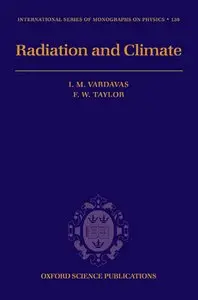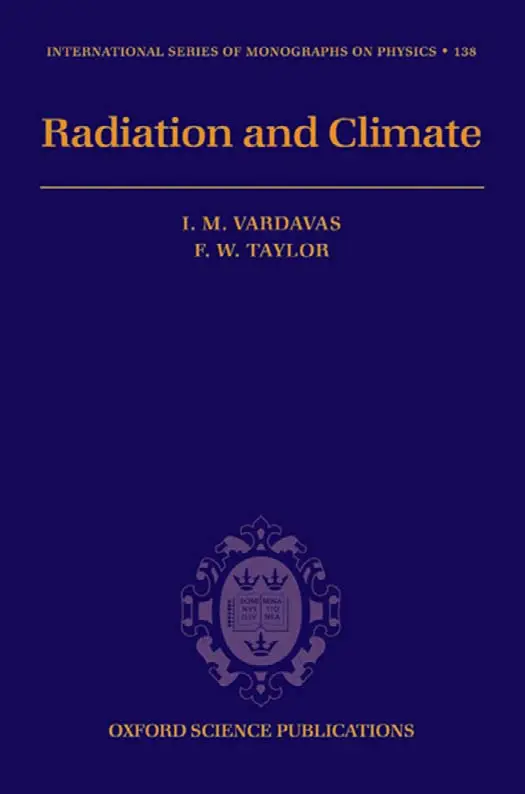Radiation and Climate, I.M.Vardavas, F.W.Taylor
Oxford University Press | English | ISBN 0199227470 | 511 pages | PDF | 15.52 MB | 2007
Oxford University Press | English | ISBN 0199227470 | 511 pages | PDF | 15.52 MB | 2007
Interest in the Earth’s climate is at an all–time high, due in large part to concerns that it may be changing to a degree that will soon adversely affect the habitability of the planet. This realization coincides with rapid improvements inthe tools needed to study and understand the physical processes that produce and maintain the climate, including remote–sensing instruments and observing platforms in space, and fast computers and sophisticated algorithms to analyse large amounts of data and to run advanced theoretical models (ISBN-13: 9780199227471).
The radiation that reaches the Earth from the Sun and its interaction with the Earth’s atmosphere plays a critical role in determining the climatic conditions that prevail over the globe. The Earth’s surface–radiation budget drives the water content of the atmosphere and with it the dominant component of the natural greenhouse effect that serves to maintain the benign climate on our planet. Variations in the incoming solar radiation and in the composition andcloud content of the atmosphere and ice cover of the surface result in climatic variability on timescales of billions of years to less than a century. Recently, human activity has begun to modify the Earth’s climate, through emissions of greenhouse gases, like carbon dioxide and methane, and of aerosols, that alter the radiative balance and generally warm the planet, but can also cool it depending on the exact circumstances.



